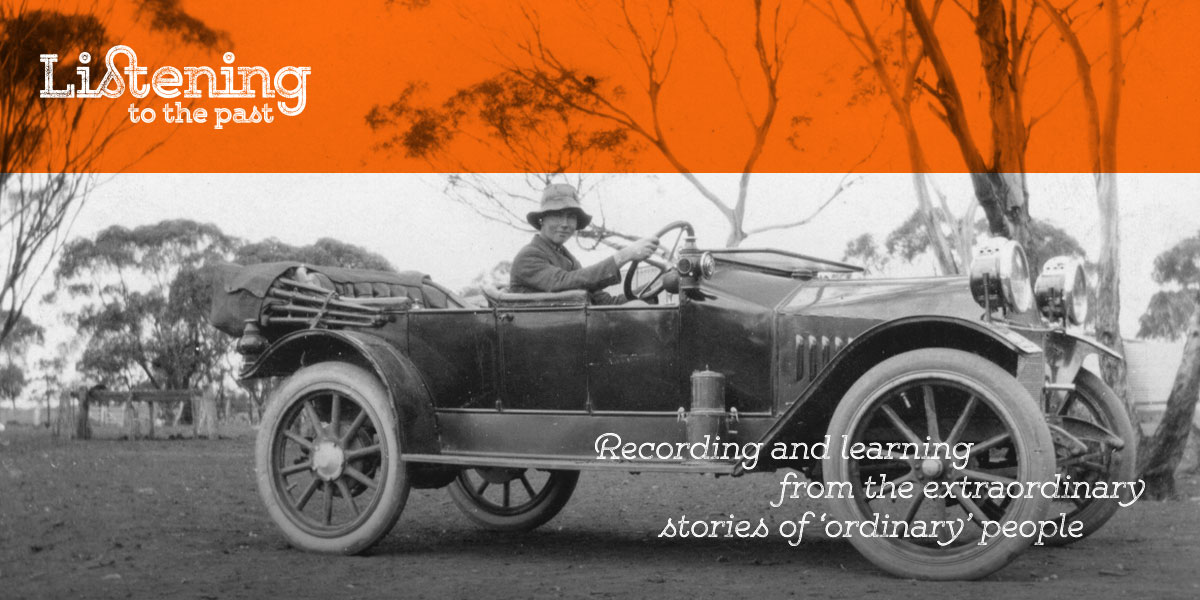As we near the end of 2018, it’s time to reveal the five most-read posts for 2018:
In fifth place:
Mournful crows, burning legs on metal slides, and other memories of summer
Oral history interviewees recalled the effects of the extreme heat of summer in Woomera on roads, play equipment and crows.

Gibber plain. Photo by Mark Marathon. CC BY-SA 4.0 
Children enjoying a metal slippery dip on a cool day in Kensington, Adelaide, 1941. Photo courtesy of the State Library of South Australia B7798/461. 
Australian crow
In fourth place:
‘Living fossils’ in the desert
The salt lakes around Woomera are usually dry, but on the rare occasions when it rains, they come to life with ancient-looking creatures called shield shrimps or tadpole shrimps .

Australian shield shrimp, Triops australiensis 
Close-up of an adult Triops, showing the third (naupliar) eye between the two compound eyes.
In third place:
Father Christmas always arrives in a helicopter
Oral history interviewees recall Father Christmas arriving in an Alouette helicopter on the school oval in Woomera.

Father Christmas arriving in an Alouette helicopter at the Woomera School. Photo courtesy of Colin Mackellar. 
Sud Alouette III helipcter A5-167 during a demonstration at the RAAF Base, Edinburgh. These helicopters were used at Woomera Rocket Range, not just for transporting Father Christmas. Photo courtesy of the Australian War Memorial P00448.176.
In second place:
Choosing suitable audio equipment for oral history interviews: perspectives of an audio engineer
In this post, the audio engineer at the State Library of South Australia explained what equipment to use for excellent quality oral history recordings, and what to avoid and why.

Digital audio recorders such as this Sound Devices Mix-Pre3 enable you to record at 24-bit and 48 kHz, as required for oral history interviews. 
Example of a cheap office recorder, not suitable for oral history interviews 
Lavalier microphone
And drum roll….
The most popular post for 2018 was:
Go to page 2 to find out!
